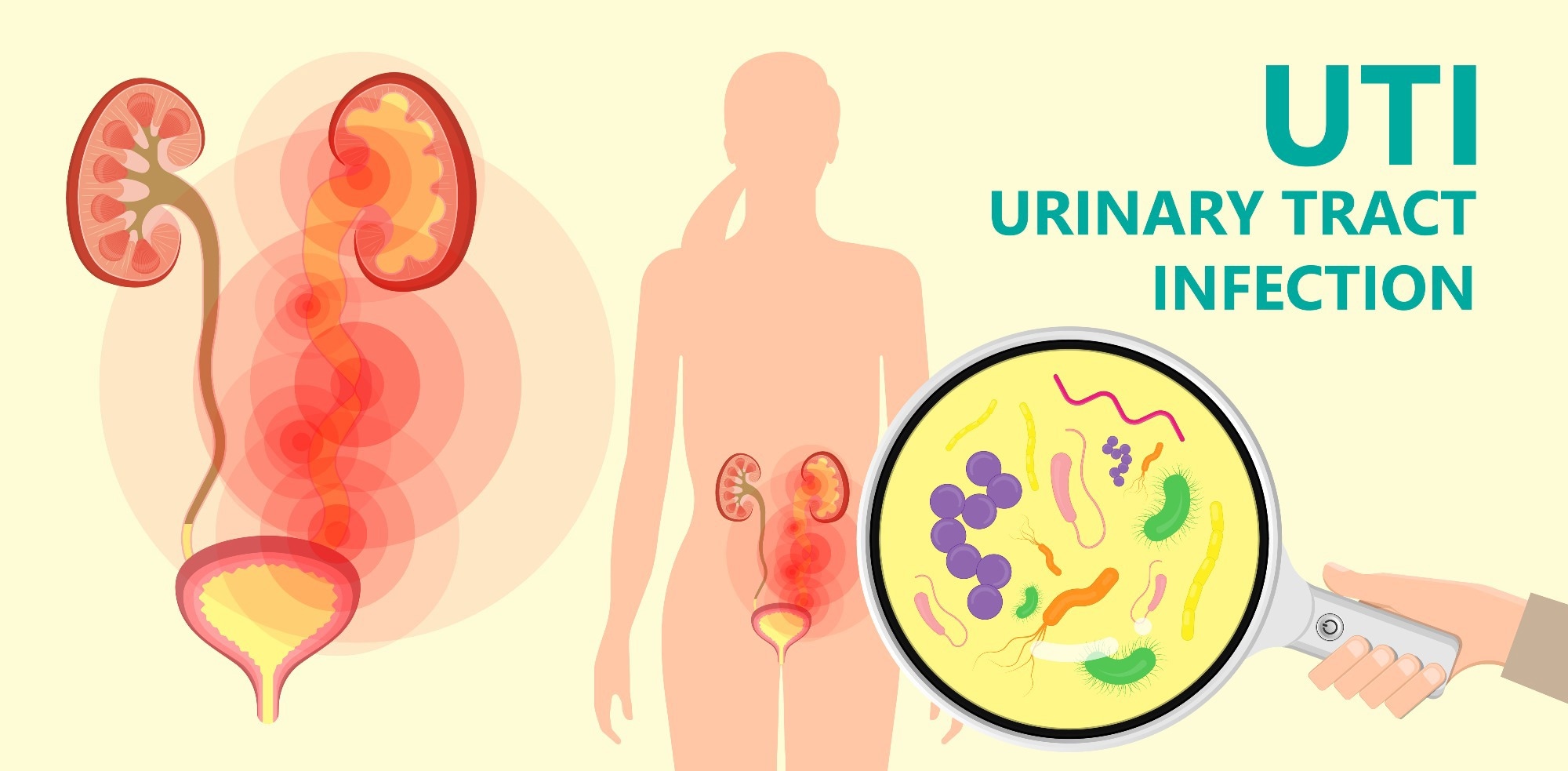Spiritual care to Christian elderly during dying and death process – Answered
Spiritual care to Christian elderly during dying and death process – Answered
Prepare a spiritual workshop discussing the “spiritual care to Christian elderly during dying and death process.”1. Create a plan for caring for the spiritual needs of elderly Christians during dying process and death.2. Include 2 learning outcomes.3. Include 2 learning activities Document this in 2-page word document. Include a minimum of 4 articles published in the last 5 years (Spiritual care to Christian elderly during dying and death process – Answered).
Answer
Spiritual Care to Christian Elderly During the Dying and Death Process
Plan for Caring for the Spiritual Needs of Elderly Christians
Caring for the spiritual needs of elderly Christians during the dying process and death involves recognizing the significance of faith in providing comfort, hope, and meaning. The plan should focus on creating a supportive environment that honors their beliefs and facilitates a peaceful transition.
1. Assessment of Spiritual Needs:
- Conduct a thorough spiritual assessment to understand the individual’s faith, religious practices, and spiritual needs.
- Collaborate with chaplains, pastors, or spiritual leaders to provide personalized spiritual care.
- Regularly check in with the individual and their family to reassess and address any evolving spiritual concerns.
2. Spiritual Support Interventions:
- Facilitate access to religious rituals such as prayer, communion, and anointing of the sick.
- Provide scripture readings, hymns, and other faith-based resources to offer comfort.
- Encourage and support the presence of family and church members to maintain a sense of community and belonging.
3. Emotional and Psychological Support:
- Offer counseling and emotional support to help the individual and their family cope with fear, anxiety, and grief.
- Promote open conversations about death and dying to alleviate fears and misconceptions.
- Encourage the expression of feelings and provide a safe space for discussing spiritual concerns.
4. Post-Death Support:
- Provide continued spiritual support to the family through follow-up visits and grief counseling.
- Facilitate memorial services and other religious rituals to honor the deceased and provide closure for the family.
Learning Outcomes
- Participants will be able to assess the spiritual needs of elderly Christians during the dying process and implement appropriate spiritual care interventions.
- Participants will demonstrate an understanding of the emotional and psychological aspects of dying and provide holistic care that includes spiritual, emotional, and physical support.
Learning Activities
Activity 1: Case Study Analysis
- Divide participants into small groups and provide them with a detailed case study of an elderly Christian patient nearing the end of life.
- Each group will assess the patient’s spiritual needs, develop a care plan, and present their findings and proposed interventions to the larger group.
- Encourage discussion and feedback to highlight different approaches and enhance learning.
Activity 2: Role-Playing Scenarios
- Create role-playing scenarios where participants take turns acting as the elderly patient, family members, and healthcare providers.
- Focus on practicing spiritual assessments, providing emotional support, and facilitating religious rituals.
- Debrief after each scenario to discuss challenges, insights, and areas for improvement.
References
- Balboni, T. A., Prigerson, H. G., Bao, Y., Trevino, K. M., Maciejewski, P. K., Amobi, A., … & VanderWeele, T. J. (2018). Cancer patient and caregiver experiences of prayer and spirituality. Journal of Palliative Medicine, 21(6), 782-790.https://knepublishing.com/index.php/KnE-Life/article/view/10335/16904
- Puchalski, C. M., Vitillo, R., Hull, S. K., & Reller, N. (2019). Improving the spiritual dimension of whole person care: Reaching national and international consensus. Journal of Palliative Medicine, 22(8), 836-844.
- Mackinlay, E. (2017). Spiritual care: Recognizing spiritual needs of older adults. Journal of Religion, Spirituality & Aging, 29(3), 190-202.
- Fitchett, G., Emanuel, L., Handzo, G. F., Boyken, L., & Wilkie, D. J. (2015). Care of the human spirit and the role of dignity therapy: A systematic review of dignity therapy research. BMC Palliative Care, 14(1), 1-8.
(Spiritual care to Christian elderly during dying and death process – Answered)








